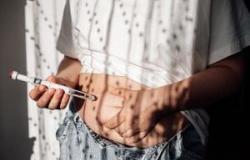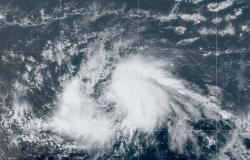Following what was resolved in Paris, SENASA could determine the entry of live cattle from the center and north of the country to the Patagonian market, but with certain conditions, which should also be defined by the national health agency. That is, at the political and health level, public policy decisions are urgent and accelerated.
“In terms of health, there are no restrictions today on sending meat from the north to the south of the Colorado River barrier. Regarding the issue of the ranch, the issue would have to be studied, but it is likely that with adequate traceability, there will be no problems either”assured – in a strict off-text – a senior official of the national health organization when consulted by +P.
“The issue of the health barrier is something complicated, it transcends health issues. There must be a political definition that allows us to work to advance the foot-and-mouth disease program”, added the source. At the institutional level, the decisions would be under the orbit of the National Bioeconomy Secretariat (formerly Agriculture, Livestock and Fisheries), which depends on the Ministry of Economy.
It is worth remembering that it has been more than two decades since the sanitary barrier that prevents the passage of standing livestock from the north of this limit as well as cuts of bone-in beef was reimposed. This scenario generated an enormous price distortion on beef, with and without bone, which the Patagonian consumer ends up paying. From the livestock and industrial sectors of the region south of the Colorado River, they reject the possibility of lifting the sanitary barrier, arguing that it would displace local livestock production due to the cost differentials that exist to produce between the center of the country and these marginal areas.
Health policies
The World Organization for Animal Health (WHOA) is a intergovernmental organization created by an international agreement on January 25, 1924, signed by 28 countries. In May 2004, the OIE had 167 Member Countries. Its headquarters are in Paris, France. Originally known in 1924 as the International Office of Epizootics (OIE). Since May 23, 2003 it has had its current name but retaining the original acronym.
The General Session of the World Assembly of Delegates of the WHOA is held every year at its headquarters in Paris. The function of the WHOA is to commit each member country to declare the animal diseases it detects in its territory. The information received to all other countries, so that they can protect themselves. On the other hand, it is the one that outlines the macro agreements of health and trade policies at a global level.
That is why this new measure taken during the last General Session of the World Assembly of Delegates, opens the doors for important changes in the health, productive and commercial program of livestock farming in Argentina.






